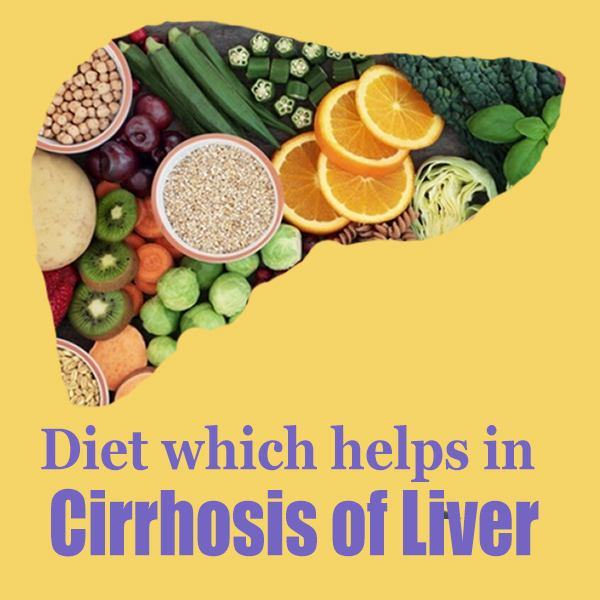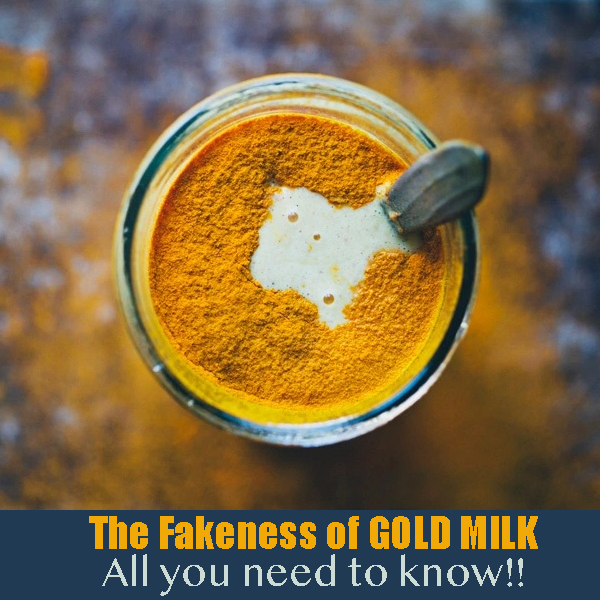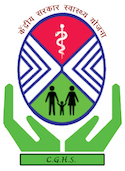Diet For Cirrhosis of Liver

Cirrhosis is scarring that occurs in the liver due to chronic damage, which then impairs its function. As cirrhosis worsens, it can lead to problems like jaundice (yellowing of the skin and eyes), ascites (a build-up of fluid in the abdomen), hepatic encephalopathy (brain damage due to severe liver malfunction), or bleeding in the gut.
Cirrhosis is most often caused by
- Alcoholism,
- Hepatitis B and C infections,
- Fatty liver disease,
- Autoimmune diseases involving the liver, and
- Exposure to toxins like paracetamol.
There are also genetic disorders that will give rise to cirrhosis when not treated properly.
Some of these causes can be prevented or cured completely – for example, hepatitis B virus infection is vaccine-preventable whereas alcoholic cirrhosis cannot be cured even with abstinence from alcohol. Therefore it is important to know what factors contribute to your risk of developing cirrhosis so you can avoid them whenever possible.
The Diet for Cirrhosis of Liver
Cirrhosis of the liver is a problem, which can lead you to bigger problems like ascites- so it is important to reverse this condition with the help of medicines and proper diet. Here we are discussing some basic and main points about Dietary Management in the case of Cirrhosis!
Diet for cirrhosis is based on certain principles and these are- a nutritive high-protein (1-1.2g/kg body weight) diet is the most essential part of therapy for liver cirrhosis. Protein-rich food help regeneration of the liver and formation of albumin, and severe to combat anemia and ascites.
About 80- 100g protein comes in requirement daily. Eggs and fresh foods are excellent but expensive. Relatively inexpensive protein-rich foods- skimmed milk or its powder, dried beans and pulses, chana (Bengal gram), groundnuts, cereal preparations, chapattis, khakhras, and biscuits. These work the best when taken as a combination during each meal. Thus, a combination of bread, pulses, milk, and groundnuts at each meal is butter for protein synthesis than eggs or meat alone.
Sodium intake should be restricted in patients with cirrhosis and ascites; not more than 3 g salt per day is permitted. Cirrhosis without ascites do not require sodium restriction.
Lifestyle Changes in case of Liver Cirrhosis
Here are some basic tips about lifestyle changes, which can help you fight against the cirrhosis condition of the liver, which can prove deadly in long term.
– stop drinking alcohol
– even small amounts will increase your risk of developing cirrhosis, so it is best to completely abstain if you already have liver damage;
– get vaccinated for hepatitis B if you haven’t already done so;
– eat a healthy, well-balanced diet full of fresh fruits and vegetables;
– reduce or eliminate junk food from your diet (high fat fast foods etc.)
– You need to reduce levels of stress in your life by practicing relaxation exercises like yoga, meditation, deep breathing, getting more exercise at least three times per week (walking, jogging, etc.), engaging in social activities that give you pleasure (e.g. friendships, hobbies);
– reduce levels of inflammation in your body by reducing the amount of red meat or other high-fat animal products that you eat;
– exercise regularly.
The food you need to avoid with Liver Cirrhosis
You will need to avoid certain foods while you have liver cirrhosis but it is important not to restrict your diet too much as this can severely affect your nutrition and cause further damage to your liver! For this reason, healthy substitutions are recommended instead when planning meals for people with cirrhosis – they include:
Avoid Raw Foods
– Ensure that all food has been cooked thoroughly before eating it. This reduces the risk of any bacteria in the food which might trigger a harmful immune response in the gut leading to gut damage and resulting in bacterial overgrowth.
Cut down the fats
– If you have problems with digesting fatty foods, try to avoid them e.g. remove the skin from chicken before cooking it; trim the meat of excess fat and cut off the visible layer of white fat that surrounds red meat; replace full-fat dairy products with low or no-fat versions (e.g. use skimmed milk, reduced-fat cheese, etc.)
Liver hates Alcohol
– Limit alcohol consumption to one serving per day for women and two servings for men; do not drink on an empty stomach (e.g. eat a meal before drinking); limit the type of alcohol consumed (i.e. don’t drink beer if you cannot drink wine).
– Increase your fiber intake by eating more whole grains, pulses, fruits, and vegetables; this will improve digestion
– Eat four or five small meals a day instead of two or three larger ones. This ensures that your body receives the right level of nutrition to function well between meals, reduces strain on your digestive system, and reduces the risk of liver damage due to poor blood sugar control.
– Avoid foods that are difficult to digest or high in fat while you have liver cirrhosis – these include hard cheeses (e.g. cheddar), pate, processed meats like sausages and salami because they can be very difficult for your body to absorb due to lack of bile from your gall bladder so tend not to be well digested even when you have normal levels of enzymes
– Try to avoid foods with high fructose (fruit sugar) content since fructose can be difficult for your body to process due to liver damage.
Foods Helpful in Liver Cirrhosis
- Bread or chapattis of wheat, rice, maize, jowar, bajra or rogi,
- Breakfast cereal of wheat, rice, oatmeal or maize
- Rice
- Pulses (dal) and beans
- Soup*
- Vegetable salad*
- Vegetable, cooked*
- Potato, sweet potato, or yam
- Meat, fish or chicken
- Eggs
- Milk or milk products (should have liberal helping of skimmed milk)
- Fat for cooking, or butter
- Sugar, jiggery or honey
- Jam or murabba
- Pastries
- Dessert
- Sweetmeats
- Fruits, fresh
- Fruits, dried
- Nuts
- Condiments and spices in minimum quantity to encourage better food intake
- Beverages
- Water as desired
Liver cirrhosis recipes tips
You may need specific dietary advice from a dietitian if you have severe liver disease or any complications associated with it. Ask your doctor about this possibility if you are unsure whether you should see a dietitian or not.
Try adding some of these healthy ingredients into your meals regularly:
Coconut oil –
Coconut oil contains medium-chain triglycerides which stimulate the breakdown of fat inside the body more than other fats do. This means that they are used by the mitochondria more readily rather than being stored as fat so are good for weight loss and energy-boosting.
Cinnamon –
This spice helps in lowering blood sugar levels and reducing insulin resistance. Therefore proves beneficial for people with type 2 diabetes or other blood sugar control disorders.
Garlic –
Garlic contains a compound called allicin. Allicin possesses antibacterial, antiviral, and antifungal properties. It also boosts the immune system and reduces inflammation in the body so may help to protect against sepsis following liver cirrhosis.
Ginger –
This helps prevent nausea by stimulating appetite and aiding digestion while being soothing on an upset stomach too; it can relieve muscle spasms associated with pain from liver disease.
Turmeric –
Haldi aka turmeric contains a compound called curcumin. Curcumin has been shown to have anti-inflammatory properties and may help to reduce the damage of cirrhosis.
Avocado –
This fruit helps you feel fuller for longer and thus helps with weight loss; contains healthy monounsaturated fats which are good for lowering cholesterol levels; may also help lower blood pressure.
Almonds –
Almonds contain high amounts of vitamin E, magnesium, and fiber as well as protein and monounsaturated fatty acids like those found in avocado; they also provide slow energy release compared to processed carbohydrates which means they don’t spike your blood sugar level too quickly leaving you feeling tired after eating them. – Brown rice (1 or 2 servings per day) – brown rice contains B vitamins which are essential to energy production, fiber to help prevent constipation and create a feeling of fullness, magnesium to reduce blood pressure, and aid stress relief.
Dried fruit –
Apricots, raisins, etc. (4 or 5 per day) – dried fruit is rich in antioxidants that fight heart disease and cancer; they also contain anti-inflammatory compounds which can protect against cirrhosis damage by reducing inflammation in the liver itself.














